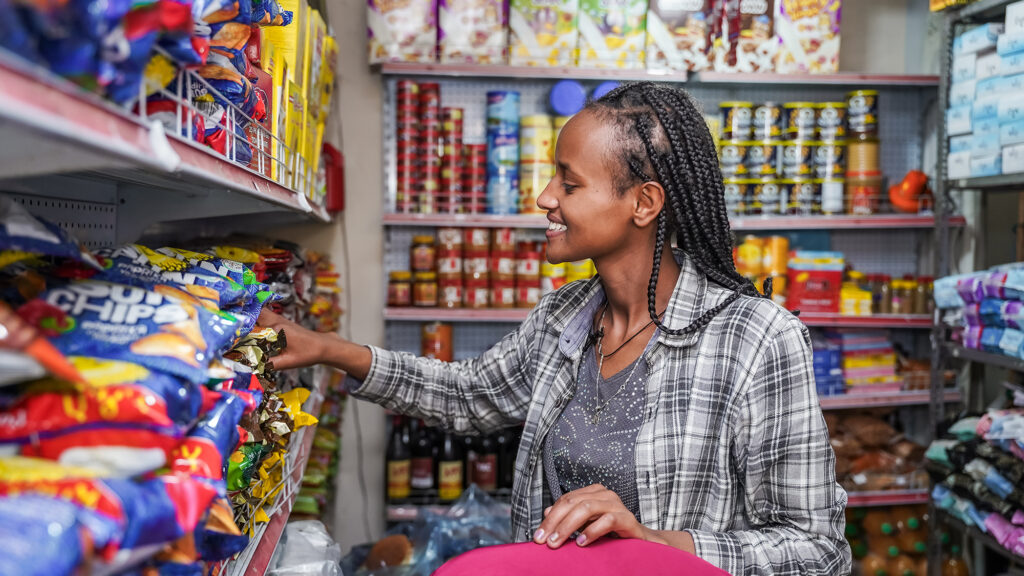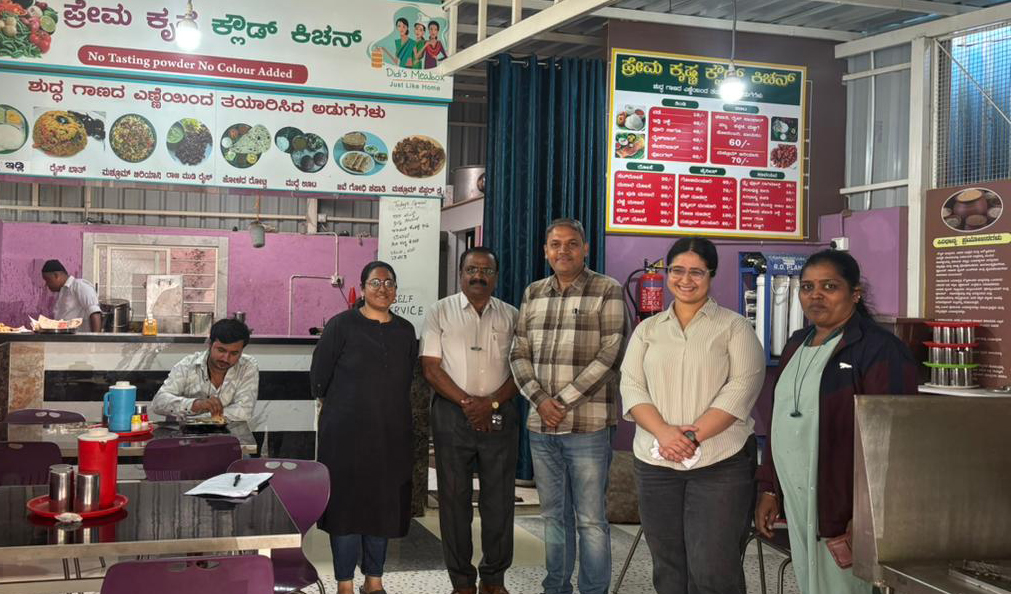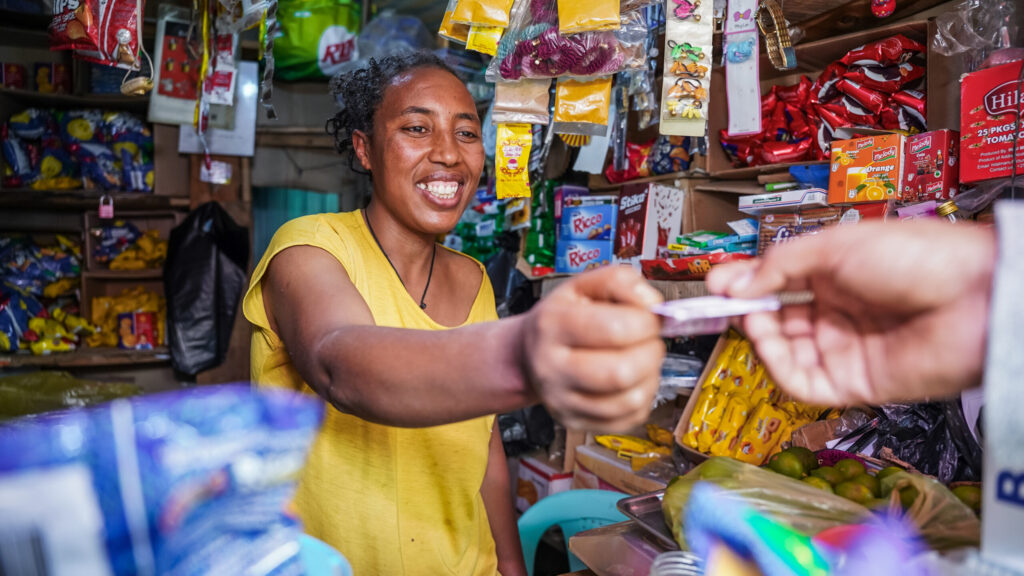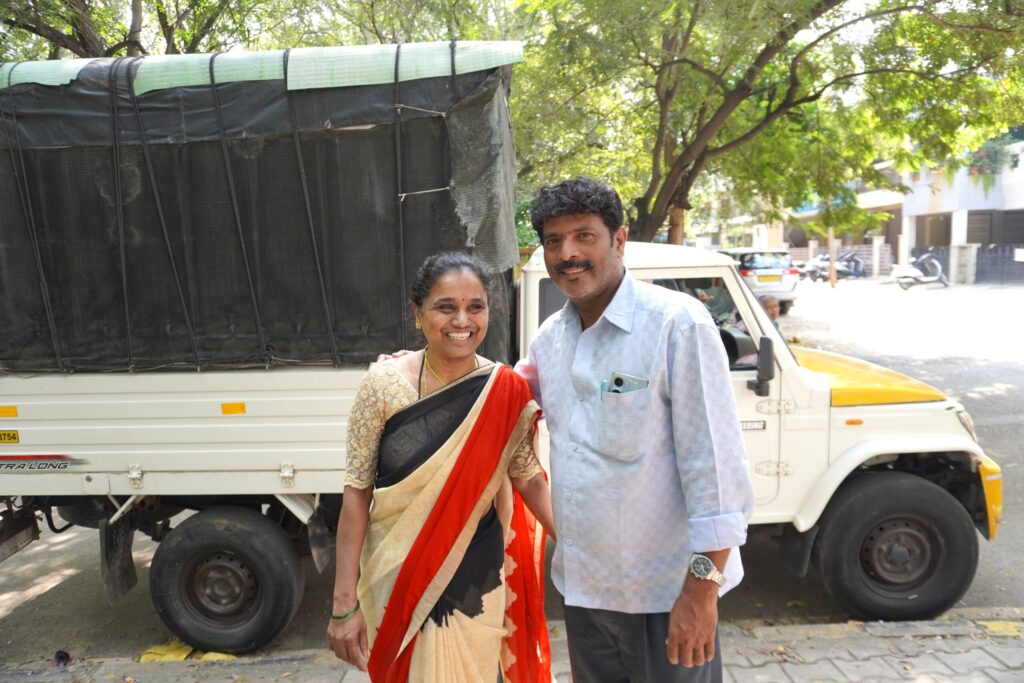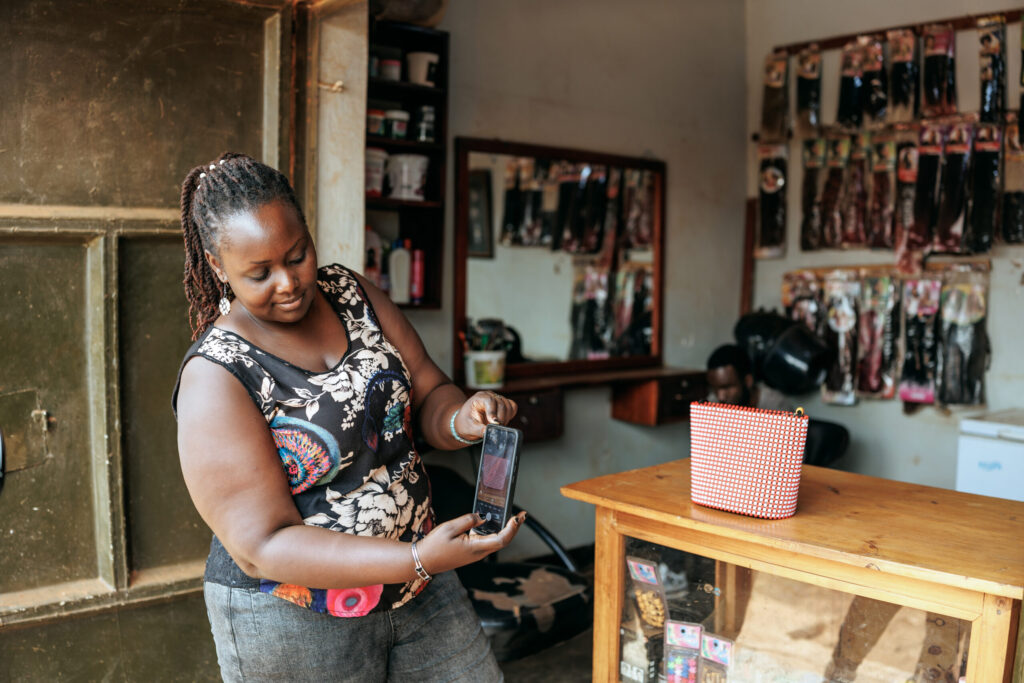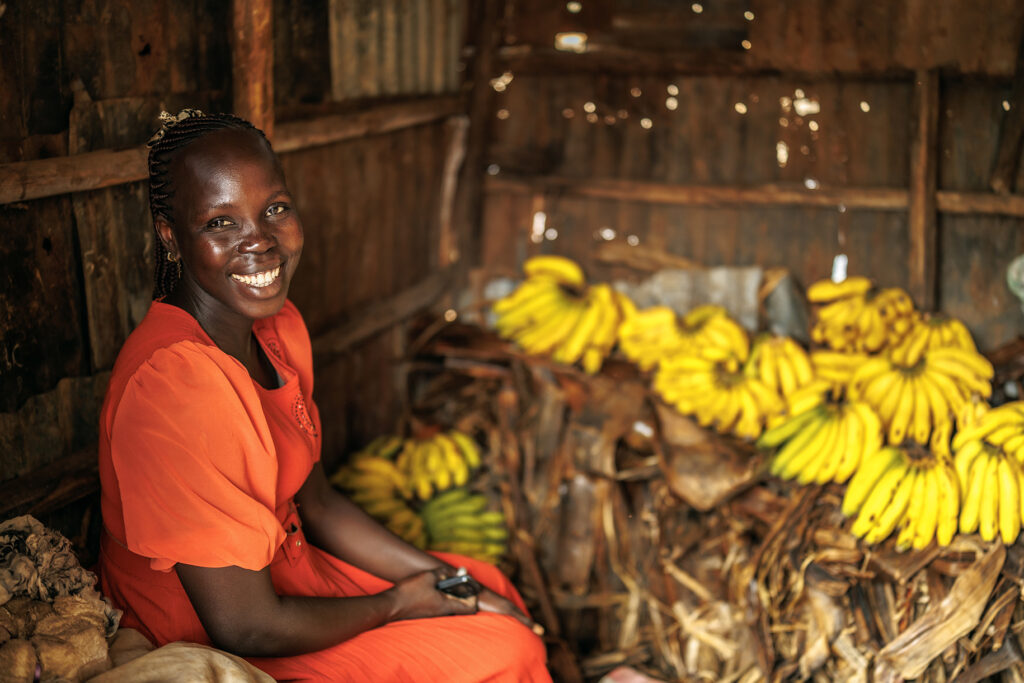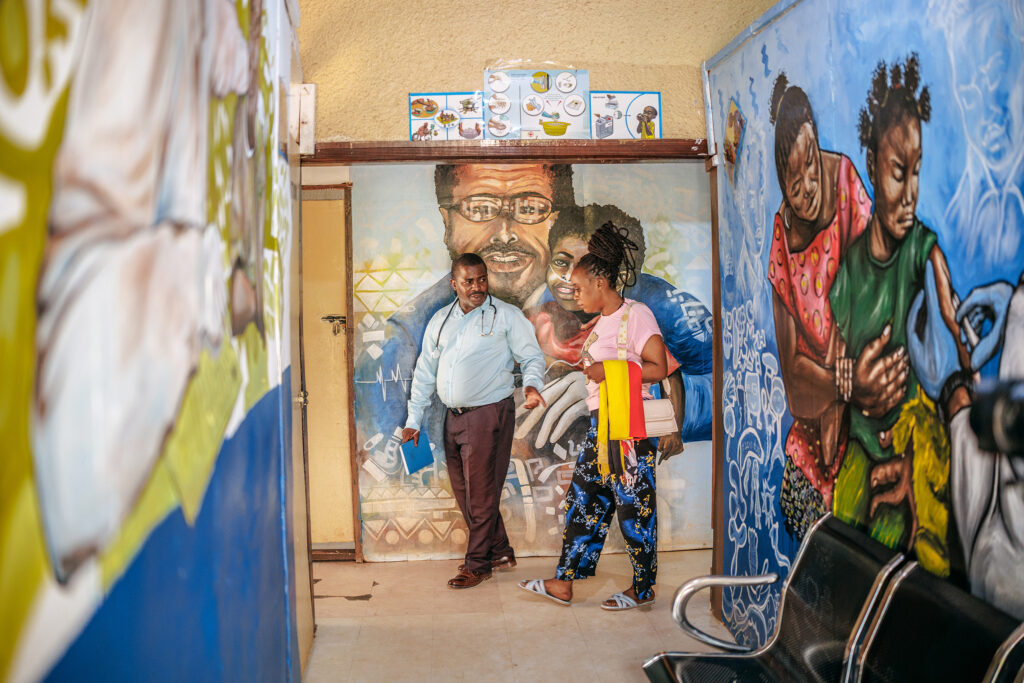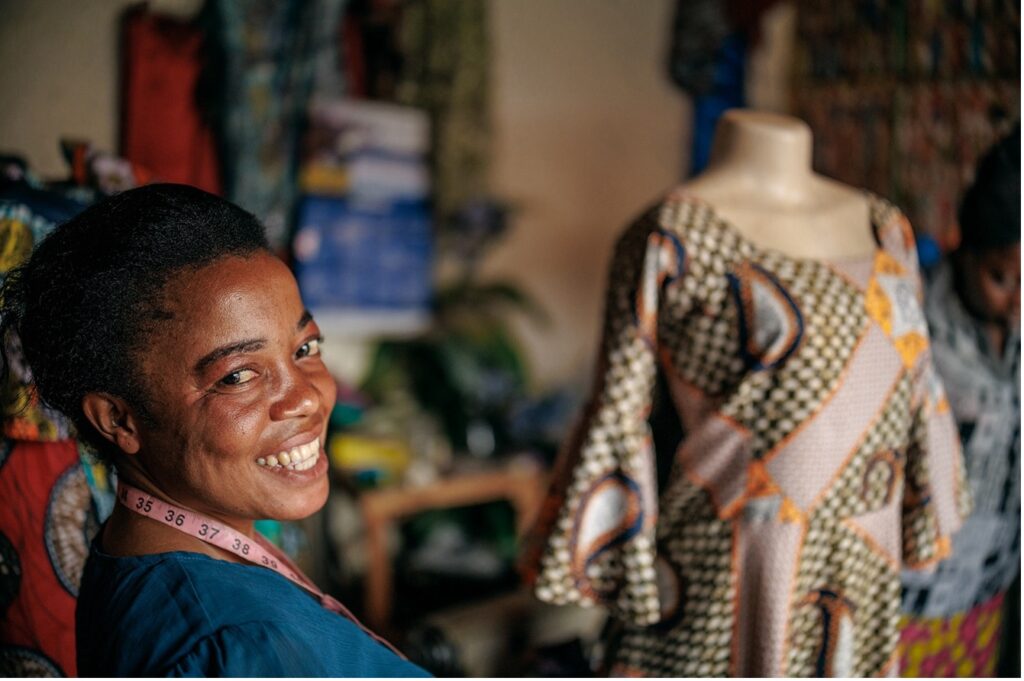
Person
geography
Topics
- Access Usage Gap
- Agricultural and Rural Finance
- Agritech
- Challenges and Crises
- Climate
- Consumer Protection
- Credit
- Customer Centricity
- Digital Financial Services
- Digital Payments
- Enabling Environment
- Fintech
- Human Centered Design
- MSME/SME Finance
- Responsible Digital Finance
- Responsible Product Design and Delivery
- Rural Populations
- Smallholder Farmers
- Underserved Groups
For farmers in rural Kenya, the impacts of climate change are all too real, even if they can’t articulate the science behind it. They suffer the effects of unpredictable weather patterns. “My biggest challenge is drought,” many say, “but when it rains, it rains too much and destroys everything.”
So it should come as no surprise that farmers understand the need for climate-smart, tech-based solutions to make their farms more profitable and lives much easier. Ultimately, smallholder farmers think like businesspeople: they look for smart investments that will optimize their return on investment. The difference is that their inputs are ruled by seasons and weather patterns.
In March 2021, in an initiative funded by Financial Sector Deepening (FSD) Kenya, Accion’s Global Advisory Solutions team worked with Sistema.bio, which manufactures and distributes biodigesters, to pilot a biodigester rollout in Nakuru County. Biodigesters are systems that break down and convert organic waste into biogas and other outputs. They take a resource that’s widely available to dairy or pig farmers—manure—and convert it into biogas that can be used for household and farm energy needs.
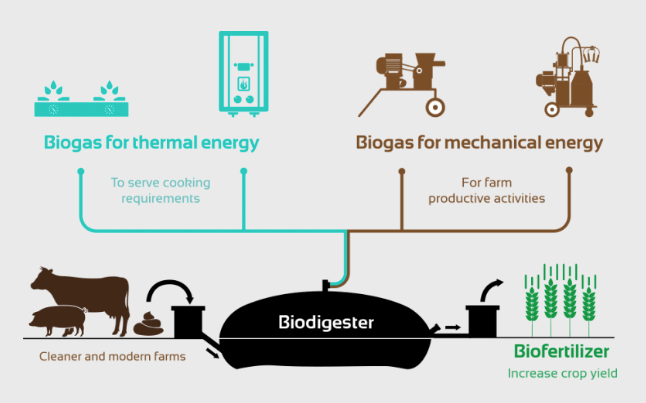
Though biodigesters offer many economic, health, and environmental benefits, they haven’t been widely used by smallholder farmers in Kenya. The project sought to better understand and respond to some of the underlying causes of lower-than-expected adoption of biodigesters by farmers, addressing:
- Customer interactions – Farmer buying and decision-making behavior and appropriate customer engagement approaches.
- Financing – Bringing more financial service providers (FSPs) on board to create and offer custom credit products that would give farmers the means to acquire a biodigester.
- Strengthening the ecosystem – Exploring new or alternative channels for distribution.
Ten months, 200+ farmers, three financial institutions, and one installation later, we encountered both surprising results and familiar challenges.
Farmer buying behavior is influenced by strong mental models and perception of value
Although farmers are constantly looking for new technology and tools to improve and maximize output, inherent motivations differ widely. Unsurprisingly, children are key motivators for farmers. Technology that could immediately and directly contribute to their children’s well-being, including alternative green technology such as solar panels that would help provide more light to do homework, or liquefied petroleum gas (LPG) or biogas that would facilitate a quick breakfast, makes the decision to invest a quick and easy one. Farmers would proceed with the investment even when financing it was difficult. If they had several children in primary or secondary school, that meant spending a hefty portion of their income on school fees and prioritizing their children’s education rather than investing in their farms. A common scenario would have a farmer purchasing LPG for cooking because it allows them to cook in less time and ensure that their children are fed before leaving for school in the early morning.
For farmers without school-age children or who aren’t over-burdened by school fees, investing in their farms took priority. Two key insights inform how they invest: (1) farmers are driven by finding ways to decrease their effort, including in old age, and (2) farmers analyze the physical exertion and financial outlay required. If they found a technology solution that would decrease physical effort, they would be interested in it, especially if it made their outputs more effective and if they could afford it. This also means that farmers think deeply about how to balance the amount of money they invest with the amount of physical effort needed. If something requires too much physical effort and is too expensive, it might not qualify as a worthwhile investment.
As more and more alternative technologies are put in front of farmers, their choices increase, and naturally, so does their skepticism. They start believing in a technology when they see it working in someone else’s home, or when they hear about it from a trusted source, such as a relative, their local cooperative, or another farmer. Farmers we spoke to cited testimonials from relatives using biodigesters on their farms or biogas in their homes as the source of their interest in acquiring a biodigester. One of the most consistent pieces of feedback from farmers during the project was their preference for live demonstrations, ideally done by another farmer with an active installation. The more complex the equipment was perceived to be, as is the case with biodigesters, the greater the need for these types of demonstrations.
Lesson: Farmers’ social networks can be powerful catalysts for shaping behavioral change and enabling adoption of innovative solutions.
Farmers want “green” solutions but are not necessarily concerned about how green it is
While farmers understand the adverse impact of climate change and are willing to adopt climate-smart solutions to protect their livelihoods, during our field research and throughout the project, we did not see farmers make buying decisions based on whether the technology was “green”; they were more concerned about increasing their productivity and efficiency to improve their incomes and farm yields, or “greening” their pockets and lands, to benefit their families.
Lesson: When positioning and educating farmers about climate-smart practices and technologies, the primary focus needs to be on understanding farmers’ realities and speaking to their motivations and decision-making models.
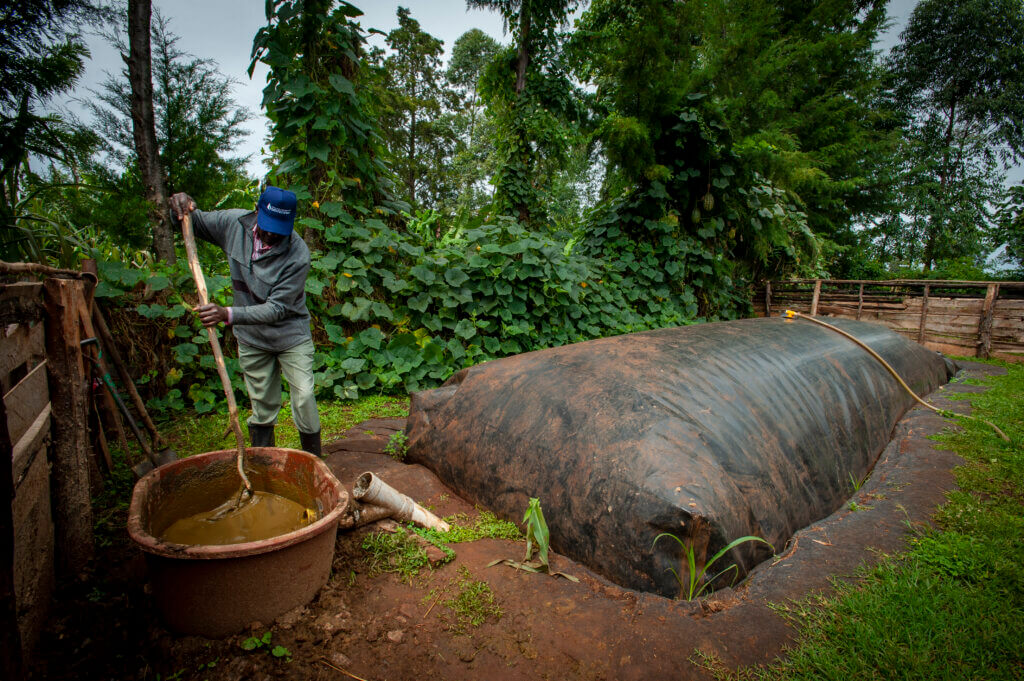
FSPs are willing to be innovative, but old habits die hard
Financing models for biodigesters and similar Productive Use Renewable Energy (PURE) assets don’t fall neatly into typical financing products that most financial institutions offer. For example, the average ~$1,000 base price would ordinarily require some form of collateral by financial institutions for asset financing; at $25-$30 monthly repayment rates, the loan tenor is longer than the 6-12 months typically offered by institutions. The cumulative effect of these issues is that original equipment manufacturers (OEMs), such as Sistema.bio, have been forced to finance the equipment off their own books.
We worked to design a bespoke asset financing blueprint for biodigesters which incorporated considerations for longer loan tenor, additional security for FSPs in the form of a biodigester buyback program in the case of consistent loan defaults, and alternative farmer cashflow considerations, among others. To understand adoption challenges and opportunities for scale, Accion explored partnerships with various types of financial institutions including a fintech, a commercial bank, a microfinance institution (MFI), and a Saving and Credit Cooperative (SACCO). Starting with more than ten prospective FSP partners of various types, with active engagement with six of these providers over a 4.5-month period, two partners were eventually onboarded: an MFI and a SACCO.
Despite clear appetite from all the FSP prospects that were actively engaged throughout the process, most were unable break beyond their standard procedures to test and learn from new business models. From stringent risk assessments that deemed new players and startups such as Sistema.bio too risky to partner with, to long-drawn deliberations trying to retrofit existing processes to cover new type of products, it was clear that financial institutions of all stripes have a long way to go to better position and operationalize innovative solutions.
Lesson: To accelerate and scale new financial innovations that support green technologies and non-standard productive-use assets, more investment is required at the institutional and industry levels to explore new approaches to incentivizing and de-risking purpose-built financial solutions. These could include credit guarantee schemes, regulatory sandboxes, and innovation hubs. The key to the ubiquity of credit products and widescale access to finance is to help ALL lenders, whether OEMs like Sistema.bio or other types of FSPs, to offer better, cheaper, and more suitable financing for biodigesters and other green assets.
All FSPs are not created equal
Just as understanding intrinsic and explicit motivation of farmers is key to creating behavioral change and high impact interactions, knowing each service provider’s motivations, expectations and motivations will help align all partners on expectations, roles, and responsibilities. For example, we found clear differences in the engagements with the FSPs during the project, specifically with regards to:
- Risk appetite: regulated entities such as the commercial banks expectedly had more stringent standards for partner selection, which translated into longer and more complex partner vetting processes. Of the various types of FSPs, those with the closest relationships to target customers such as MFIs and SACCOs appeared more willing and certainly more able to engage and explore new types of financial products.
- Aspirations on engagement depth: The SACCO appeared more eager for a deeper level of commitment and engagement – seeing their role not just as a provider of credit, but as an opportunity to provide a more holistic support for their customers, enabling better farming practices and livelihoods. They were therefore more eager to invest time, effort, and resources to all areas of the partnership, from customer education and training to after-sales support. The MFI on the other hand preferred to focus on access to credit and leave the complexities of selling what they considered a technical product to the technology provider.
- Operational complexity and impact on customer experience: Farmers’ experience with the SACCO was less fraught with friction, had (relatively) shorter turnaround times, and was better coordinated by the SACCO team. The hierarchical structure of the MFI made it more difficult to align HQ priorities with branch/field staff activities on the ground, whereas the flatter structure of the SACCO enabled more seamless communications and coordination between branches and central authority.
Lesson: There is room for all types of financial and other service providers, but to be effective and successful, partnerships need to be structured with critical adjustments and considerations for varying levels of engagement, risk appetite and partner operational complexities.
Farmers are already exploring new and innovative solutions from various service providers to improve yields, productivity and/or reduce costs. Access to biodigesters and similar PURE equipment fit nicely into this space and offer positive societal impact over the long-term, within the context of climate change and the growing need for sustainable technology. Encouraging the adoption of new, innovative solutions requires continuous innovation and an ecosystem-wide approach to ensuring that all actors—from the farmers themselves to the service providers that serve them—have the support they need to embrace these solutions and derive maximum value. Emily Koech, a farmer and Sistema.bio customer, has been able to install a biodigester on her farm and is seeing her investment pay off. “It has helped me reduce the cost of living, and the money I save I pay school fees [for my children] and I buy basic needs that are needed in the house. It has helped me a lot,” she says.
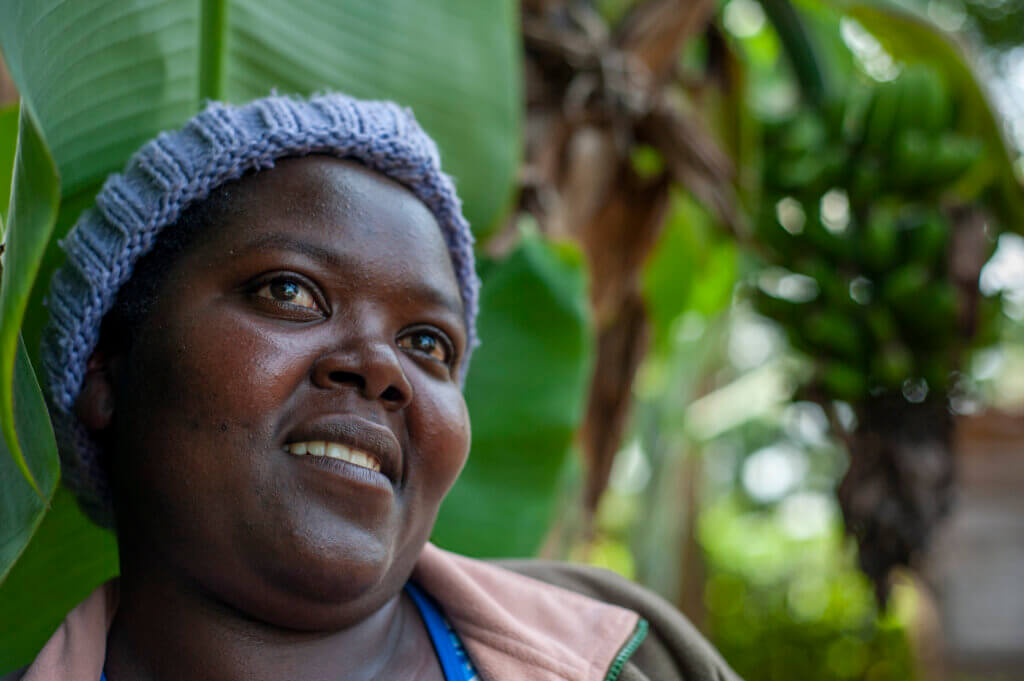
We will continue our efforts to support smallholder farmers by developing and integrating the ecosystems around them. Contact us to learn more about our work and approach.
Cover photo credit: Andrew Kipkirui grows tea and vegetables on his farm in western Kenya.
